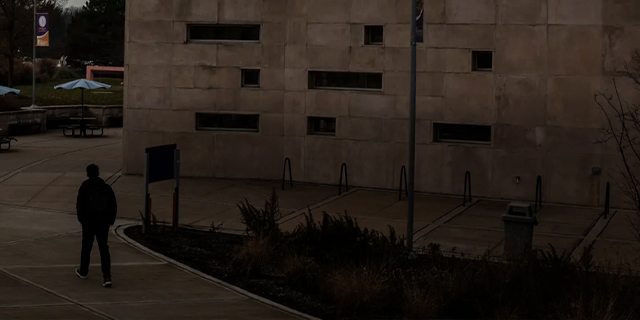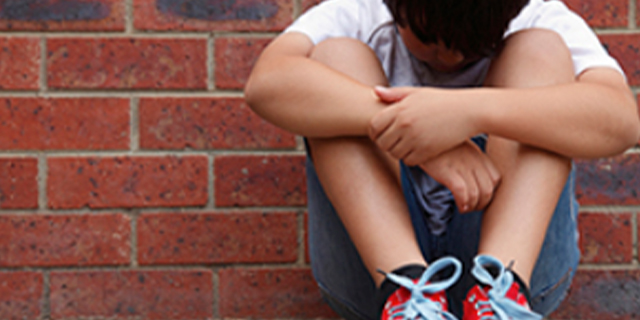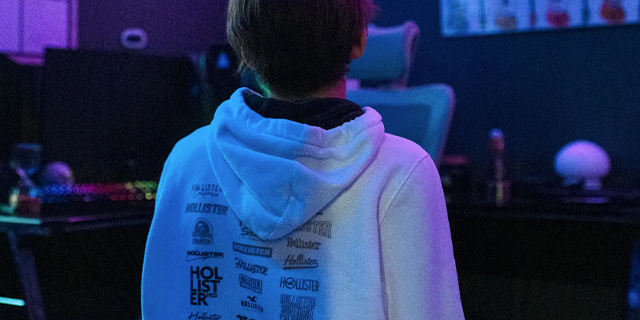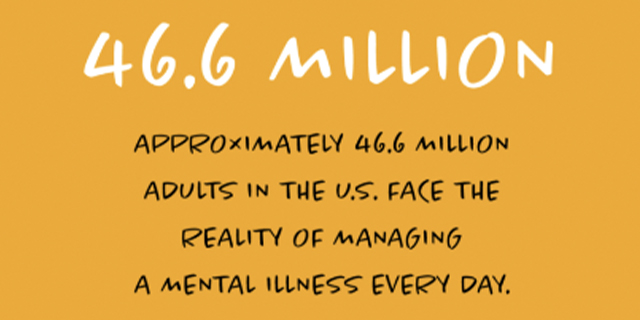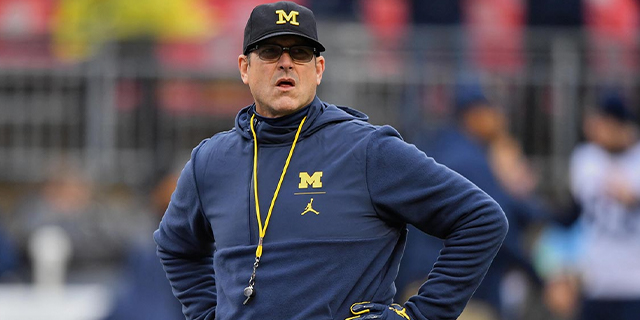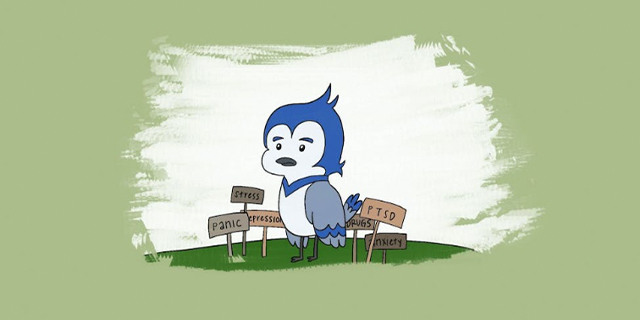Resources
700,000+
people die by suicide each year in the world.
47,000+
people die by suicide each year in the United States. That breaks down to
1 death every 11 minutes
2ND LEADING CAUSE OF DEATH
Suicide is the 2nd leading cause of death between the
ages of 10 & 34
1OTH LEADING CAUSE OF DEATH
Suicide is the 10th leading cause of death in the entire U.S.
More than
TWICE AS MANY MALES
die by suicide as females.
9 out of 10
individuals who attempt suicide and survive, never go on to die by suicide.
ADOLESCENTS (Age 12–17)
1 in 6 experience a major depressive episode
3 million have thoughts of suicide
YOUNG ADULTS (Age 18–25)
1 in 3 experience mental illness
1 in 10 experience a serious mental illness
3.8 million had serious thoughts of suicide
ADULTS
12 million had serious thoughts of suicide
3.5 million made a plan for suicide
1.4 million adults attempted suicide
WARNING SIGNS & SYMPTOMS
Verbal suicide threats such as “You’d be better off without me.”
Expressions of hopelessness and helplessness
previous suicide attempts
Daring or risk-taking behavior
Increased use of alcohol and/or substances
Personality changes
Depression
Giving away prized possessions
Changes in school or work performances
Change of physical appearance
Change in sleeping pattern – too much or too little sleep
Lack of interest in future plans
dispelling the stigma
- As defined by Mayo Clinic, “Stigma is when someone views you in a negative way because you have a distinguishing characteristic or personal trait that’s thought to be, or actually is, a disadvantge (a negative stereotype).”
More than half of people with mental illness don’t receive help.
- A studey of 90,000+ people worldwide found that stigma of mental illness is one of the top reasons that they don’t receive care.
- 9 out of 10 people with mental illness say that stigma or discrimination negatively impacts them.
- Mental illness has been stigmatized for decades, creating untrue steriotypes that individuals struggling with mental illness are dangerous, incompetent, unpredictable, or have a weak character. These negative beliefs lead to prejudice and discrimination against those with mental illness.
- The stigma surrounding mental illness is the product of lack of understanding and fear.
- When talking about suicide, do not use “committed suicide” because that language came from a time period when suicide was a crime, but it’s not a crime anymore. The word “committed” implies criminality and lends a sense of agency, which only adds to the stigma around it. Instead, use language such as: died by suicide or lost to suicide or took their own life.
REDUCE THE STIGMA
- Educate yourself and others
- Talk openly about mental health
- Be conscious of the language you use to talk about mental illness
- Show compassion
- Normalize getting treatment by being honest about your own journey
- Get involved! Check out the Advocacy section to learn more about how.
If you are experiencing suicidal thoughts or crisis, please contact:
- National Suicide Prevention Lifeline: (800) 273–TALK (8255)
- Crisis Text Line: Text “TALK” to 741741
If you believe someone is exhibiting the warning signs of suicide or struggling with mental illness,
please reach out to a trusted adult and check out our resources to best support this individual.
Readings: Books
for students and parents
Resource: 16 Young Adult Novels that Tackle Themes of Mental Illness
(Don’t) Call Me Crazy by Kelly Jensen
Mind, Body and Sport – Understanding and Supporting Student-Athlete Mental Wellness by John Douillard
What Made Maddy Run: The Secret Struggles and Tragic Death of an All-American Teen by Kate Fagan
This is Depression: A Comprehensive Compassionate Guide for Anyone Who Wants to Understand Depression by Diane McIntosh
Are U Ok? by Da Capo Lifelong Books
Life Inside My Mind by Jessica Burkhart
Reasons to Stay Alive by Matt Haig
for parents
My Living Will: A Father’s Story of Loss & Hope by John Trautwein
The Blessing of a B Minus by Wendy Mogel, Ph.D.
Escaping the Endless Adolescence: How We Can Help Our Teenagers Grow Up Before They Grow Old by Joseph Allen, Ph.D, and Claudia Worrell Allen, Ph.D.
Habitudes: Images That Form Leadership Habits & Attitudes by Tim Elmore
Prepared: What Kids Need for a Fulfilled Life by Diane Tavenner
Suicide In Schools: A Practioner’s Guide to Multi-Level Prevention, Assessment, Intervention, and Postvention by T. Erbacher, J. Singer, and S. Poland
Be Happy Without Being Perfect: How to Break Free From the Perfection Deception by Alice D. Domar, Ph.D
The Blessing of a Skinned Knee by Wendy Mogel, Ph.D.
Generation iY: Secrets to Connecting with Today’s Teens & Young Adults in the Digital Age by Tim Elmore
The Gift of Failure: How to step back and let your child succeed by Jessica Lahey
Under Pressure: Confronting the Epidemic of Stress and Anxiety in Girls by Lisa Damour, Ph.D
Untangled: Guiding Teenage Girls Through the Seven Transitions into Adulthood by Lisa Damour, Ph.D
The Big Disconnect: Protecting Childhood and Family Relationships in the Digital Age by Cathering Steiner-Adair, EdD
Coping with Social Anxiety: The Definitive Guide to Effective Treatment Options by Eric Hollander, MD
Generation Z Unfiltered: Facing Nine Hidden Challenges of the Most Anxious Population by Tim Elmore
Raising Can-Do Kids: Giving Children the Tools to Thrive in a Fast-Changing World by Richard Rende, Ph.D
The Triple Bind: Saving Our Teenage Girls From Today’s Pressures and Conflicting Expectations by Stephen Hinshaw, Ph. D
Marching Off The Map: Inspire Students to Navigate a Brand New World by Tim Elmore
Articles: General
College Students Struggle with Mental Health As Pandemic Drags On | By Susan Svrluga and Nick Anderson
Another Surge in the Virus Has Colleges Fearing a Mental Health Crisis | By Anemona Hartocollis
Even Before COVID-19 Pandemic, Youth Suicide Already at Record High | UC Davis Health
The Urgency is Greater Than it Has Ever Been: Four Suicides Rock WPI Campus as Colleges Grapple with Student Mental Health Concernts | By Laura Krantz
Surge of Student Suicides Pushes Las Vegas Schools to Reopen | By Erica L. Green
Articles: Student-Athlete Mental Health
Suicides in College Sports Put Focus on Mental Health and Those Trying to Make a Difference | By Michelle Gardner
College Student Athlete Health and Well-Being | Timely MD
Mental Health and Athletes | Athletes For Hope
Mind, Body, and Sport: The Psychiatrist Perspective | NCAA Sports Science Institute
Let’s Talk About the Quiet Crisis in College Sports: Mental Health | Eric Lindberg
NCAA Faces Uphill Battle Getting Mental Health Care to Student-Athletes | By Wendell Barnhouse
It’s Okay Not to Be Okay: Athlete Perspectives on Mental Health | By Grace Van Atta
Student Athletes Confront Pandemic Mental Health Hurdles | By Margot Mather
Student Athletes and the Risk of Suicide | By Jacob Lewis
Suicides Among Teen Athletes Raise Mental Health Concerns | By Roman Stubbs


